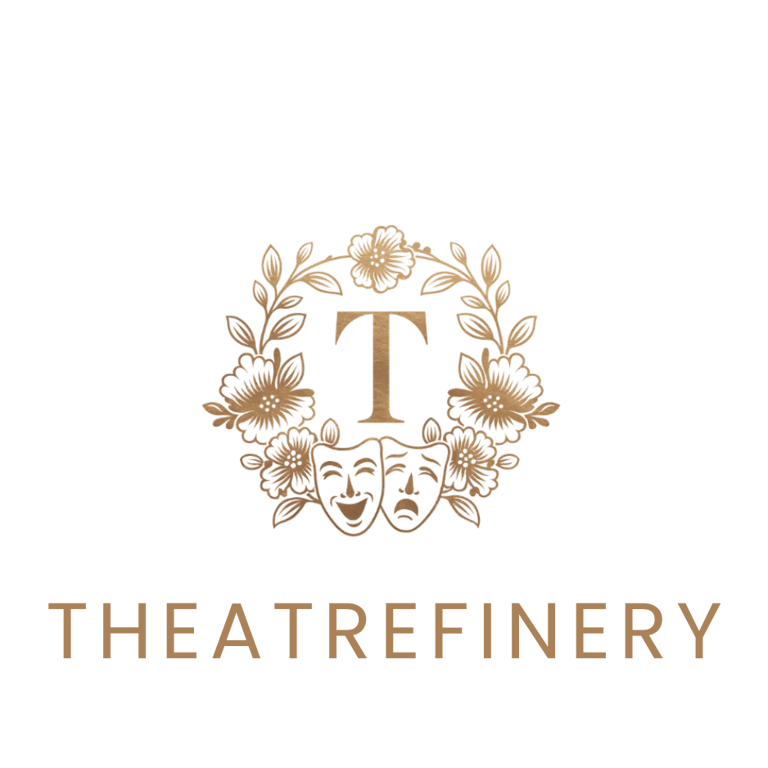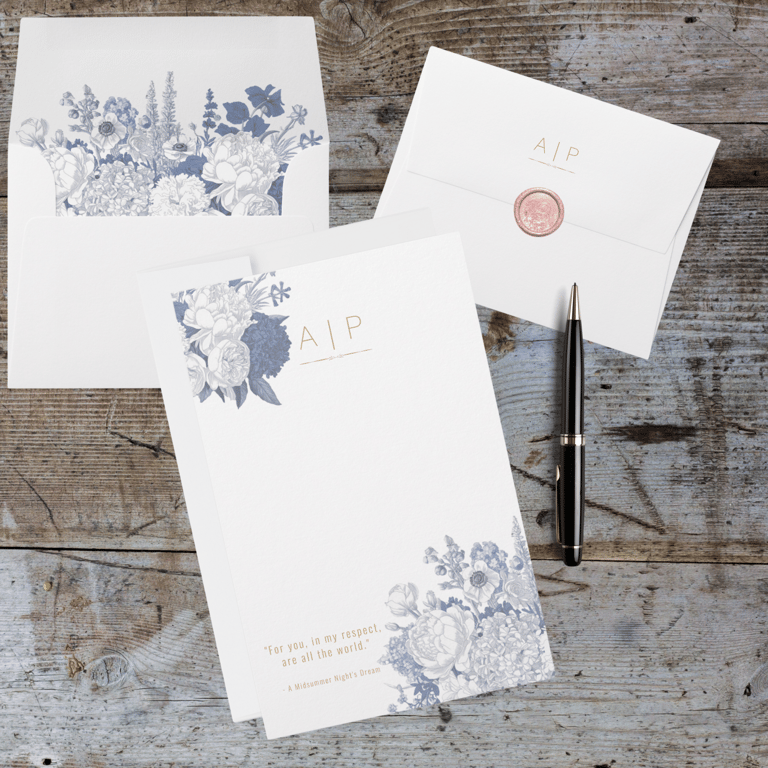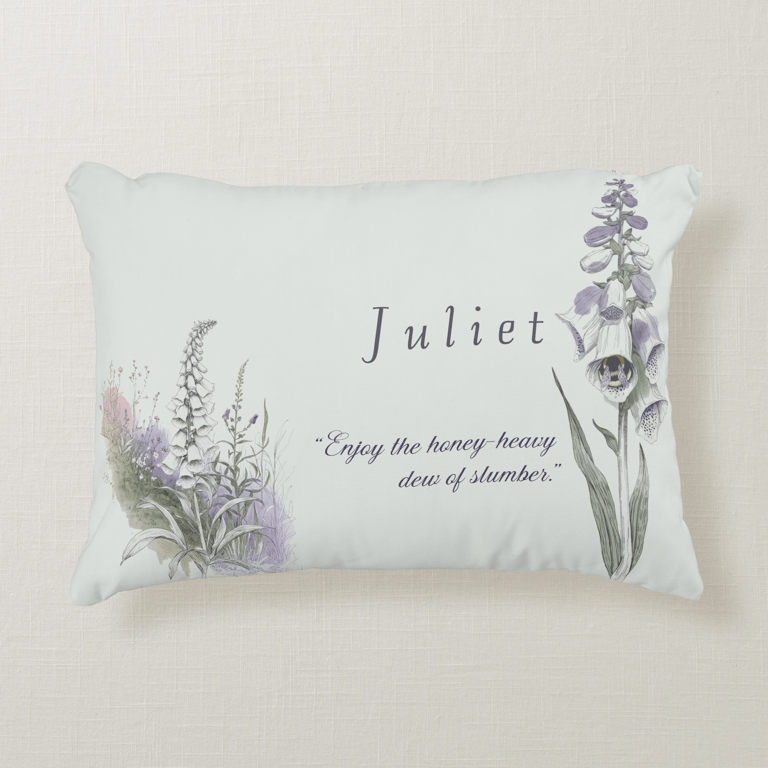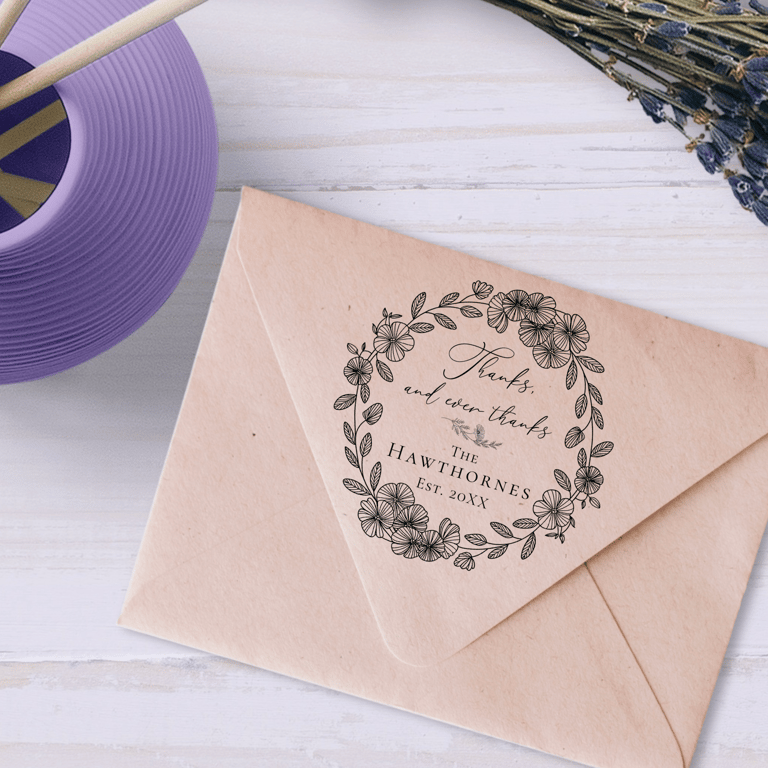The Language of Flowers in Shakespeare’s Plays
In Shakespeare's time, flowers weren't merely decorative elements or poetic flourishes—they were a sophisticated symbolic language that audiences understood as clearly as spoken words. This "floriography," or language of flowers, allowed the Bard to embed layers of meaning into his plays that modern audiences often miss, creating a rich tapestry of symbolism that deepened character development and advanced dramatic themes.
Rosalind Fairfax
5/31/20255 min read
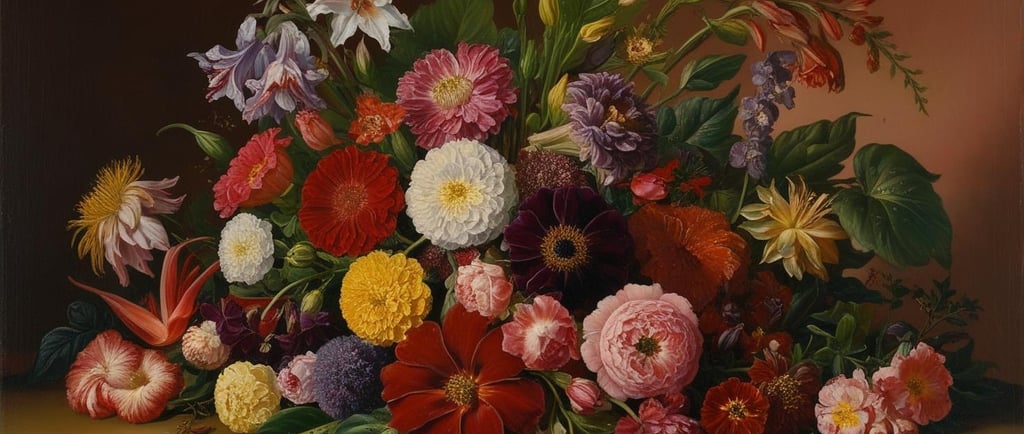

A World Where Flowers Spoke
The Elizabethan and Jacobean eras were steeped in symbolic thinking. Every flower carried specific meanings, often multiple ones, that were widely recognized across social classes. This wasn't merely literary convention—it was practical communication. In a society where direct expression of certain emotions or ideas could be dangerous or inappropriate, flowers provided a coded language for everything from romantic declarations to political statements.
Shakespeare, ever the master of his craft, wove this botanical vocabulary seamlessly into his works. He didn't simply use flowers for their beauty; he employed them as dramatic devices that could convey character psychology, foreshadow events, and communicate themes that would have resonated powerfully with his original audiences.
Ophelia's Tragic Bouquet
Perhaps no scene in Shakespeare better demonstrates the language of flowers than Ophelia's mad scene in Hamlet. When she distributes flowers to the court, each bloom carries devastating symbolic weight. The rosemary she offers—"for remembrance"—speaks to memory and fidelity, while the pansies represent thoughts and love in vain. Her rue, the "herb of grace," symbolizes both repentance and bitter regret.
What makes this scene so powerful is how the flower symbolism reveals Ophelia's fractured mental state while simultaneously commenting on the corruption around her. Through flowers, she speaks truths that her madness allows her to voice—accusations and observations that would be impossible in rational discourse. The language of flowers becomes the language of the unconscious, expressing what conscious speech cannot.
Roses: Beauty, Love, and Decay
The rose appears throughout Shakespeare's works as perhaps his most complex floral symbol. In "Romeo and Juliet," Juliet's famous question—"What's in a name? That which we call a rose by any other name would smell as sweet"—uses the flower to explore the relationship between essence and identity. But Shakespeare's roses carry darker meanings too.
The red and white roses of the Wars of the Roses appear symbolically throughout the history plays, representing the competing claims of Lancaster and York. In the sonnets, roses speak to the passage of time and the inevitable decay of beauty. The "canker in the rose" becomes a metaphor for corruption that destroys from within—a theme that echoes through plays like "Hamlet" and "Macbeth."
Herbs of Healing and Harm
Shakespeare's knowledge of herbal lore was extensive, and he used it to brilliant dramatic effect. In "Romeo and Juliet," Friar Lawrence's opening monologue about herbs establishes him as both healer and potential destroyer, foreshadowing his role in the tragic conclusion. His observation that "within the infant rind of this small flower, poison hath residence and medicine power" captures the duality that runs through the entire play.
The herbs in "Macbeth" tell a different story. The witches' brew contains plants associated with death and dark magic—hemlock, yew, and other poisonous flora that would have chilled Elizabethan audiences who understood their significance. These botanical references weren't random; they were carefully chosen elements in Shakespeare's exploration of good and evil.
Flowers as Character Mirrors
Shakespeare often used flowers to reflect and reveal character traits. The gentle Perdita in "The Winter's Tale" is associated with spring flowers—daffodils, violets, and primroses—that mirror her innocent, life-giving nature. Her famous flower-distributing scene creates a pastoral interlude that contrasts sharply with the political machinations surrounding her.
Conversely, Lady Macbeth's sleepwalking scene contains no flowers—only the imagined bloodstains on her hands. The absence of floral imagery reinforces her spiritual barrenness and disconnection from natural cycles of growth and renewal. Shakespeare understood that what characters don't say about flowers can be as significant as what they do.
The Practical Theatre of Symbolism
In Shakespeare's theatre, the language of flowers served practical dramatic purposes. In an age before elaborate stage designs, a simple garland or handful of blooms could instantly communicate character status, emotional state, or thematic content. The visual impact of Ophelia's flowers, or the symbolic weight of a wilted rose, could convey meaning that would take paragraphs of dialogue to establish.
This efficiency was crucial in the fast-paced world of Elizabethan theatre, where plays needed to communicate quickly and powerfully to diverse audiences. The shared cultural knowledge of flower symbolism allowed Shakespeare to create moments of profound resonance with minimal stage business.
Seasonal Cycles and Human Nature
Shakespeare frequently aligned his flower imagery with seasonal cycles to comment on human nature and the passage of time. Spring flowers represent youth, hope, and new love, while autumn blooms speak to maturity and approaching endings. Winter's absence of flowers becomes a metaphor for death, both literal and metaphorical.
In "A Midsummer Night's Dream," the profusion of flower imagery—love-in-idleness, woodbine, eglantine—creates an atmosphere of natural magic that mirrors the play's themes of transformation and desire. The flowers aren't just setting; they're active participants in the story, with the love-inducing pansy driving the plot itself.
Rediscovering Lost Languages
For modern audiences, recovering the language of flowers in Shakespeare enriches our understanding of his works immeasurably. When we recognize that Ophelia's rue speaks to bitter regret, or that the "bank where the wild thyme blows" in "A Midsummer Night's Dream" represents a place of wild, untamed passion, we access layers of meaning that connect us more deeply to Shakespeare's original vision.
This floral vocabulary reminds us that Shakespeare wrote for audiences who found meaning everywhere—in the stars, in dreams, and yes, in flowers. His plays weren't just entertainment; they were complex symbolic systems that spoke to every aspect of human experience.
The Eternal Garden
Today, as we walk through gardens or see flowers in productions of Shakespeare's plays, we can appreciate them on multiple levels. They remain beautiful in their own right, but they also carry the weight of centuries of symbolic meaning. In Shakespeare's hands, flowers became a bridge between the natural world and human emotion, between the visible and the invisible, between what can be spoken and what must be felt.
The language of flowers in Shakespeare's plays reminds us that poetry and nature have always been intertwined, and that the simplest natural elements can carry the most profound human truths. In learning to read his floral code, we don't just become better readers of Shakespeare—we become more attentive to the symbolic richness of the world around us.
From Page to Petal:
Floral-Inspired Finds
Shakespeare filled his plays with blossoms that carried secret meanings. We’ve gathered a collection of gifts and décor that bring those flowers from the page into your everyday life.
Write a short text about your service
Write a short text about your service
Write a short text about your service
